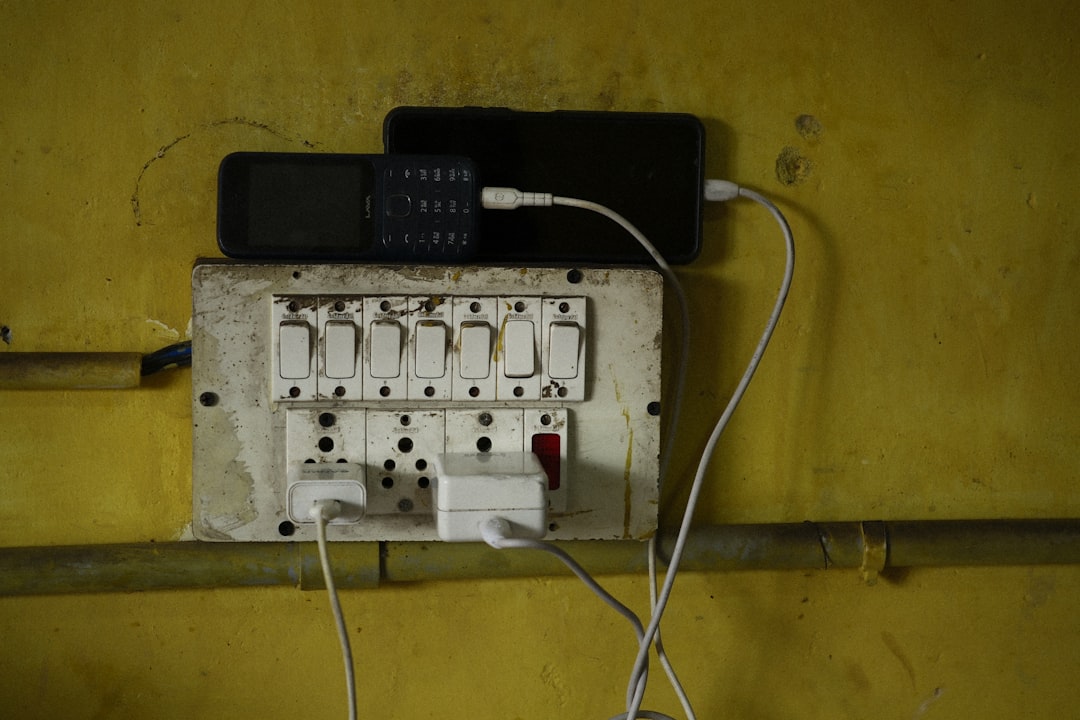In a world of constant vibration, impact, and unforeseen shocks, the reliability of connections is paramount. From aerospace engineering to medical implants, the need for robust, shock-resistant connection systems is undeniable. This post delves into the fascinating world of these systems, exploring their diverse applications, underlying technologies, and future trends.
1. Understanding the Need for Shock-Resistant Connections
Shock and vibration are ubiquitous in many environments. These forces can lead to fatigue failure, loosening, and ultimately, catastrophic system failure. Consider the challenges faced by a satellite orbiting Earth, subjected to constant micro-vibrations and the occasional impact from space debris. Or imagine the demands placed on a connector in a medical implant, enduring the constant movement and stress of the human body. The consequences of connection failure in these scenarios can range from inconvenient to life-threatening. Shock-resistant connection systems are designed to mitigate these risks, ensuring the continued functionality and integrity of critical components under harsh conditions.
The design considerations for shock-resistant connections go beyond simple strength. Factors such as material selection, geometry, damping mechanisms, and redundancy play crucial roles in achieving optimal performance. A well-designed system will not only withstand initial impact but also resist fatigue and maintain its integrity over time.
2. Key Technologies in Shock-Resistant Connection Design
Several key technologies contribute to the resilience of shock-resistant connection systems. These include:
- Advanced Materials: High-strength alloys, composites (e.g., carbon fiber reinforced polymers), and specialized polymers offer superior strength-to-weight ratios and resistance to fatigue. Materials like titanium alloys are frequently used in aerospace applications due to their high strength and corrosion resistance.
- Damping Mechanisms: Incorporating elastomeric dampers or other energy-dissipating elements helps absorb shock energy, preventing it from being transmitted directly to the connection. These dampers can be designed to accommodate specific frequency ranges and impact levels.
- Redundancy and Fail-Safe Mechanisms: Redundant connections, backup systems, or fail-safe mechanisms ensure continued operation even if one component fails. This is particularly critical in safety-critical applications.
- Locking Mechanisms: Secure locking mechanisms prevent loosening due to vibration or shock. These can range from simple threaded fasteners with locking compounds to sophisticated bayonet-style connectors with multiple locking points.
- Specialized Geometries: Optimized geometries, such as interlocking designs or shock-absorbing profiles, can significantly enhance the system’s ability to withstand impact forces. This often involves finite element analysis (FEA) to simulate and optimize the design.
3. Applications Across Diverse Industries
The need for robust connections transcends industry boundaries. Shock-resistant connection systems find applications in a vast array of sectors, including:
- Aerospace: Connecting critical components in aircraft, spacecraft, and satellites, where reliability is paramount.
- Automotive: Securing components in vehicles that experience significant vibrations and impacts.
- Medical Devices: Creating reliable connections in implants and other medical devices that operate within the human body.
- Military and Defense: Developing resilient connections for weapons systems, vehicles, and other equipment that operate in harsh environments.
- Industrial Automation: Ensuring the reliable operation of robotic systems and other automated equipment subjected to repetitive stress.
- Seismic Engineering: Designing connections for structures and infrastructure that can withstand earthquakes and other seismic events.
4. Design Considerations and Testing
Designing shock-resistant connection systems requires a multidisciplinary approach. Key considerations include:
- Load Analysis: Accurately determining the expected loads (static and dynamic) that the connection will experience.
- Material Selection: Choosing materials with appropriate strength, stiffness, fatigue resistance, and corrosion resistance.
- Finite Element Analysis (FEA): Utilizing computer simulations to predict the behavior of the connection under various loading conditions.
- Testing and Validation: Conducting rigorous testing (e.g., shock testing, vibration testing, fatigue testing) to verify that the design meets the required performance specifications.
- Environmental Factors: Considering the effects of temperature, humidity, and other environmental factors on the connection’s performance.
5. Future Trends in Shock-Resistant Connection Technology
Ongoing research and development continue to push the boundaries of shock-resistant connection technology. Future trends include:
- Smart Connections: Integrating sensors and electronics to monitor the connection’s health and provide real-time feedback.
- Self-Healing Materials: Developing materials that can automatically repair minor damage, extending the lifespan of the connection.
- Additive Manufacturing: Utilizing 3D printing to create complex geometries and customized connection designs.
- Advanced Simulation Techniques: Employing more sophisticated simulation methods to optimize designs and reduce the need for extensive physical testing.
- Bio-inspired Designs: Drawing inspiration from nature to develop innovative connection designs with enhanced resilience.
In conclusion, shock-resistant connection systems are critical components in numerous applications, ensuring the safety and reliability of complex systems. Ongoing advancements in materials science, design techniques, and testing methodologies continue to improve their performance and expand their applications in increasingly demanding environments.
Tags: shock resistant connectors, vibration damping, connection systems, industrial connectors, aerospace connectors




